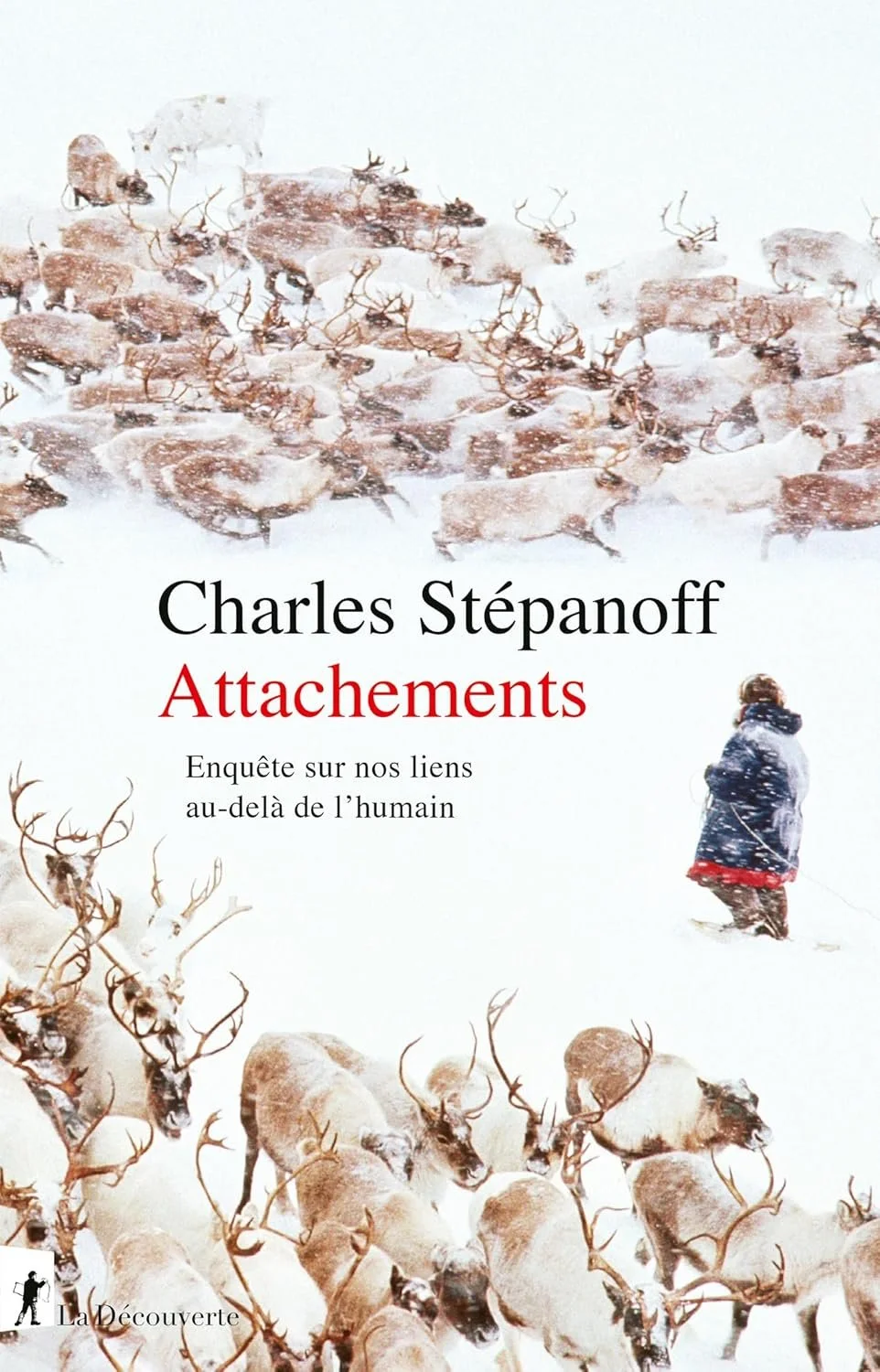Transcending human bonds
Charles Stépanoff
(La découverte, 640 pages, 2024)
* Italian rights granted
How do we connect to our environment, and how do we detach ourselves from it? How have we come to live in societies in which the relationship with the living environment has been impoverished to the point of threatening to render the world inhabitable?
Human beings have long been defined by the bonds that unite them to one another such as language, social norms, and symbolism. Humans also differ in the unique non-human relationships they forge with animals, the environment, and the cosmos. Our willingness to engage with other non-human beings goes further. We form strong relationships with trees and mountain spirits, gods and ancestors. We’re amazingly polyglot, capable of talking to cows, stars, and spirits. This long-overlooked tendency to create bonds with other non-human beings seems to be fundamental to the unique relationship we have forged with our environment.
Drawing on cognitive psychology, evolutionary science, archaeology, history, ethnography and his own fieldwork in Siberia and France, Charles Stépanoff compares different contexts, past and present, near and far, where humans engage with other non-human beings. In a captivating journey that leads him to rethink fundamental phenomena such as the process of domestication, the genesis of hierarchies and the construction of premodern states, he explores how our ability to connect is at the heart of how we relate to the world around us.
Charles Stépanoff is an anthropologist, Director of studies at the École des Hautes Etudes en Sciences Sociales and member of the Laboratoire d’Anthropologie Sociale at the Collège de France. His books include Journeys into the Invisible: Shamanic Technologies of the Imagination (2025, Hau Books) and L’animal et la mort. Chasses, modernité et crise du sauvage (2021, La Découverte).

